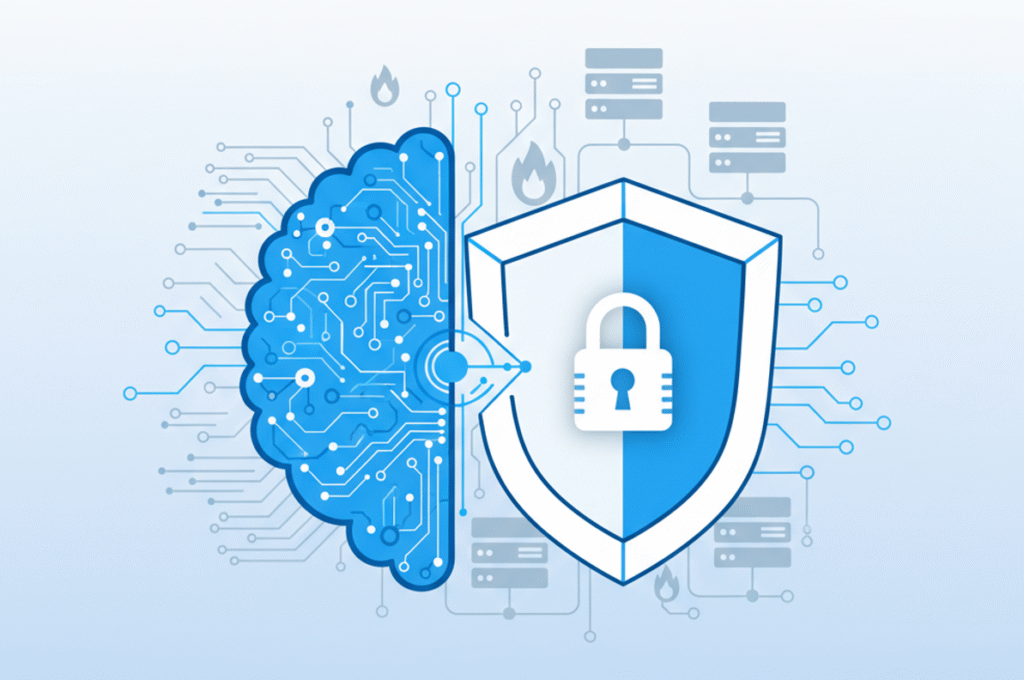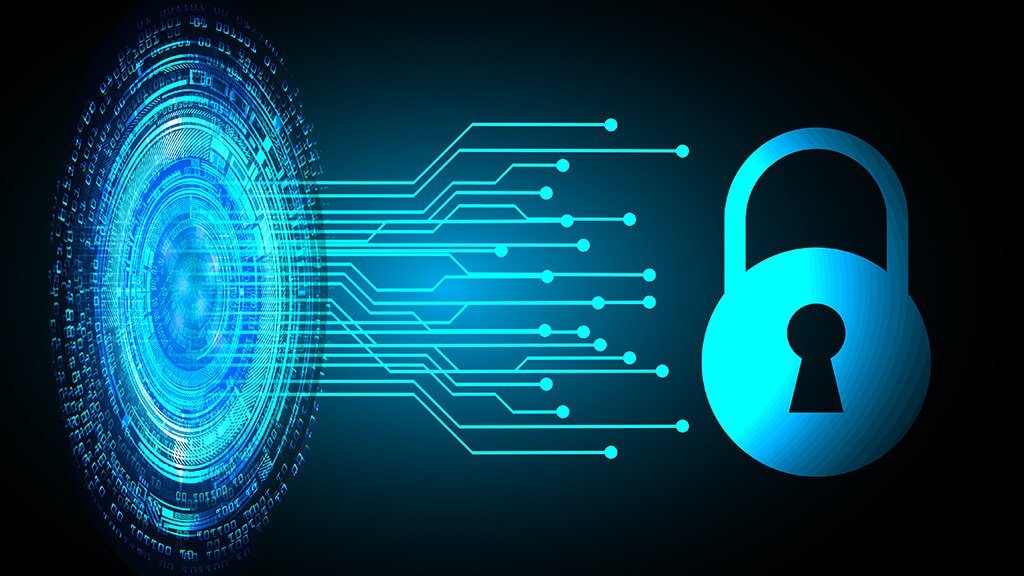The Internet of Things (IoT) has emerged as a revolutionary force, reshaping industries and enhancing convenience. Yet, this surge in connectivity also raises significant security concerns. As billions of devices join the IoT ecosystem, safeguarding them from potential cyber threats becomes paramount. This comprehensive guide delves deep into the intricate realm of IoT security, analyzing ten key facets that collectively create a fortified foundation against the evolving spectrum of risks.
- IoT Device Authentication and Authorization: Establishing Trust
At the heart of IoT security lies device authentication and authorization. Ensuring that only authorized devices or the central network can communicate with each other prevents unauthorized access and protects sensitive data.
- Securing IoT Communication Protocols: Shielding Data in Transit
IoT devices communicate through various protocols, prioritizing data protection during transmission. Employing secure protocols and encryption ensures that data remains confidential and tamper-proof.
- Firmware Update and Patch Management for IoT Devices: Staying Ahead of Threats
Firmware vulnerabilities can lead to security breaches. Regular updates and patch management are vital to mitigate vulnerabilities and ensure IoT devices resist emerging threats.
- IoT Data Privacy and Compliance: Balancing Connectivity with Privacy
IoT devices collect vast amounts of data. Ensuring compliance with privacy regulations, such as GDPR, is essential to protect user data and maintain user trust in the IoT ecosystem.
- IoT Network Segmentation: Containing Breaches
Isolating IoT devices within segmented networks limits the potential impact of a breach. This practice prevents attackers from moving laterally within the network and accessing critical systems.
- IoT Device Lifecycle Management: From Birth to Retirement
Proper management throughout an IoT device’s lifecycle includes secure onboarding, monitoring, and decommissioning. Each phase contributes to maintaining the security and integrity of the device.
- Security Considerations for Smart Homes: Protecting Domestic Connectivity
Smart homes blend convenience with vulnerability. Securing devices like smart thermostats, cameras, and door locks safeguards against unauthorized access and data leakage.
- Industrial IoT (IIoT) Security Challenges: Safeguarding Critical Infrastructures
The Industrial IoT introduces complex challenges, as critical infrastructure relies on interconnected devices. Protecting these systems from cyberattacks is crucial to ensure operational continuity and public safety.
- IoT Penetration Testing and Vulnerability Assessment: Assessing Weak Points
Regular testing identifies vulnerabilities before malicious actors exploit them. Penetration testing and vulnerability assessments provide insight into potential entry points and security gaps.
- Secure Configuration for IoT Devices: Building on a Strong Foundation
Ensuring IoT devices are configured securely from the outset prevents common security pitfalls. Default credentials and unnecessary services should be disabled to minimize potential risks.
Conclusion
The Internet of Things presents unparalleled opportunities for innovation and efficiency across industries. However, this interconnectedness also introduces a complex web of security challenges. Organizations and individuals can confidently navigate this intricate landscape by thoroughly comprehending and implementing these ten crucial aspects of IoT security. Each facet contributes to a robust IoT security posture, from authenticating devices and securing communication to managing the device lifecycle and addressing unique challenges in various domains. As we move toward a future defined by connectivity, the proactive adoption of security measures is not merely an option—it’s a necessity. Through education, vigilance, and the integration of best practices, we can embrace the potential of IoT while ensuring that our digital foundations remain resilient against the tide of cyber threats.





